Estimated reading time: 6 minutes, 0 seconds
Much of what we do at Levco here in Boise Idaho, seems to be dealing with moisture in foundation walls. Weather we are dealing with a remodeling project and active problem, doing preventative measures, or just inspecting foundations that have telltale signs of moisture penetration, there are several signs and symptoms of water being a culprit.Essentially you need to use several of your senses.
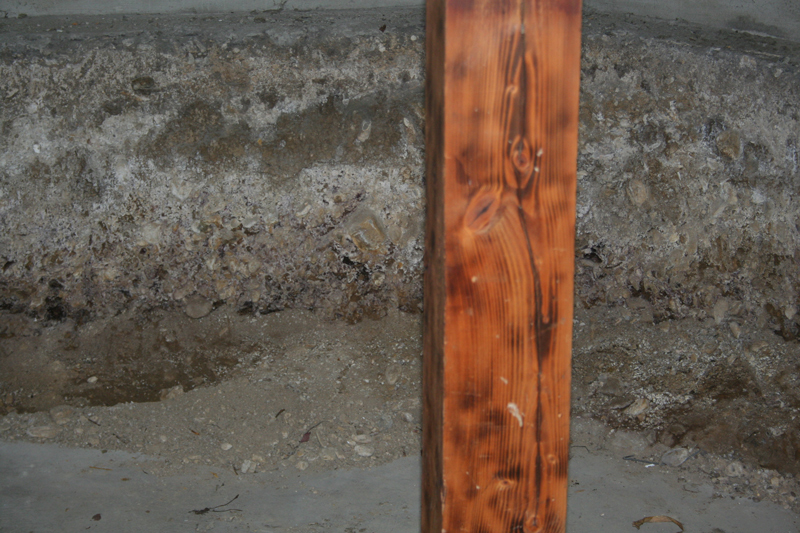
- Smell, a musty odor often a clue to water behind a wall.
- Touch, a flaky powdery feeling mineral build up called effervescence. Moisture passes through the foundation slowly and deposits minerals on the inside of the foundation. It can pop off paint.
- Sight, Effervescence is a whitish, often flaky or powdery substance, often found at cold joints and minor cracks. It can be seen mid span too and often traces down from a level where the water is coming through the wall. Dark stains on pine paneling is another sign.
- Taste, not useful in this situation.
- Common, (that rarest of senses) in this case best used to avoid a potential accidental ingestion.
Active problems These are usually from one of these common problems in our area.
- Ground Water: Although I live a mile from the river, the water table is about 17 feet (at least it was when I had my well dug). Water can rise up and come into a basement or crawl space. The pressure can be tremendous and seep in. This is common in areas near the river, especially like this year when river levels are high. Hillside flows can also be the culprit, I have seen in the Shenandoah area with springs and creeks flow from the rocks. Neighbors watering can effect a downhill property several homes away.
- Reverse Grade: This means having the dirt slope towards your home. This allows water that falls nearby to run towards your home. Fortunately in the Boise North End the soil is sandy and most water returns to ground quickly. We see the occasional subterranean foundation vent and tree roots penetrating cracks in foundations when the tree was planted too close to a basement wall.
-
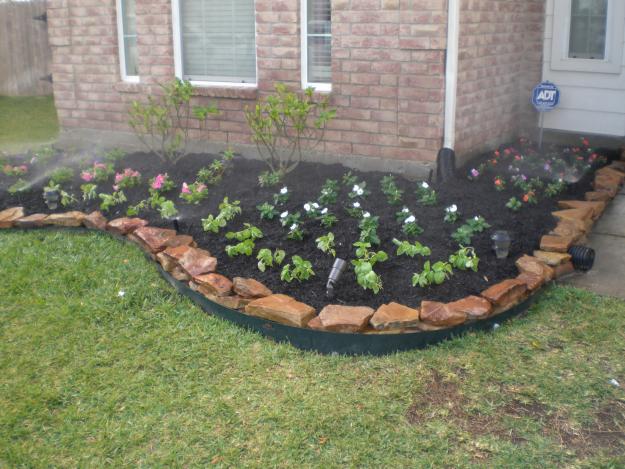
sprinklers on a house Sprinkler systems: the usual culprit is a misdirected head. In one case I was able to put my hand through soggy siding and OSB right into the insulation. Back flow preventers, and sheared off sprinkler heads have done plenty of damage. We did one repair that was caused by leaving a hose on near a foundation for an hour which lead to water entering a gap in the footing straight into the home.
- Gutters & Downspouts: Gable sides gather a tremendous amount of water and dump it next to the foundations if there are not gutters. Window wells scoop it up and can overflow. Gutters direct water to downspouts that, if not taken via pipe away from the foundation, can cause all sorts of water to come in. We do not warrant Egress Windows that have no gutters on the gable side.
Dealing with active issues begins with discovering the cause of the problem, or in some cases, causes plural. It is not rare to find a series of issues that need repair. In one case the suspect was reverse grade plus they had a canal running near the back yard that is higher than the home. The owners believe that the canal is the problem. My take is to solve the problem later and deal with the situation now. What’s wrong is more important sometimes when the source is not positively identified. Rather than allowing me to pump the crawl they have elected to allow it to go on… “Out of Sight, Out of Mind” It will become a problem eventually I assure you. In another classic response to a landlord’s call was to find a sprinkler pointing at the home , full gutters, roots growing through foundation cracks and reverse grade. They also had a leaky faucet shutoff valve but that was the least of their problems. From an insurance perspective, unless the water issue was caused by a domestic water source i.e., plumbing…you are not covered. Only the Federal Government covers true flood insurance from other causes.
Preventative Measures: Our approach is to think like the water. Waterproofing is an art and we do not profess to be experts. However there are lots of things we have learned along the way most of which are employed regularly.
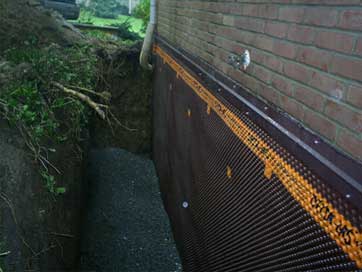
Keeping water out from the outside: This is the first line of attack for Levco. Using tar for parging is a good start. We use a product called Bituthane with their primer first to seal up below Egress Windows. We also use Vicor around windows. Our egress window wells have gravel in them and a reverse grade. Other cool moisture proofing materials that can be put outside the foundation include Bentonite impregnated materials like rope that we place in the footing to stem wall notch and impregnated sheets against foundation walls. When used in addition to a sheet drain provide a suspender and belt approach to solving a problem for good. Bentonite is also found in cat litter among other things for its absorbing abilities.French Drains and connecting down spouts work well too. All of these techniques are like tools in a tool belt and should be used only when appropriate.
Keeping water out from the inside: This is the second best way to attack basement water problems. Products like Dry-Loc and Xypex work well and are a good second line approach. They seal concrete up from the inside and if incorporated into an overall plan would be fine.
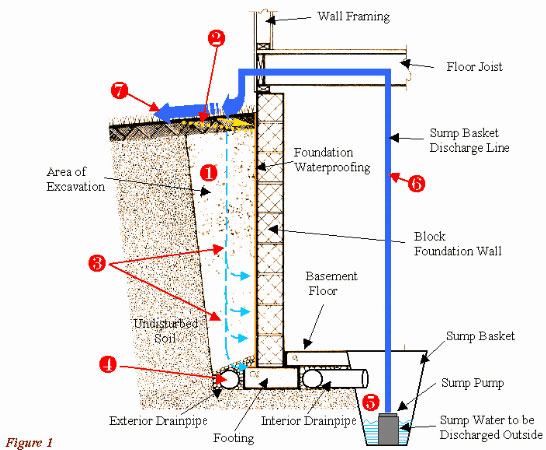
Another common solution is what I call the Judo Method. This involves trenching a perimeter inside the basement and install drain pipes to bring all of the water into a sump pump system. Although this may seem extreme, sometimes it is easier to just let the water in and pump it out rather than keeping it out in the first place.
Case Study: In one case on a daylight basement we put fabric cloth against the bank, then one foot of lava rock leading to a perforated pipe surrounded in fabric cloth. Then gravel a sheet drain with a rubber pond liner membrane against the concrete. The idea was to get the water to go down to our pipe then to a sump pump. It worked but I wish I had not pumped the excess water up the hill. Always use gravity when you can.
I use to call in a third party for third party verification of my opinion but over the years it became obvious that I knew as much as the consultant. In researching his credentials I discovered that he was quite convincing and a good salesman, but he was a remodeler once that became the resident expert by doing this sort of work.
If you have questions or need third party verification of your suspicions, I am available for consultation and would gladly help set up a plan to eliminate the moisture problems from your basement.

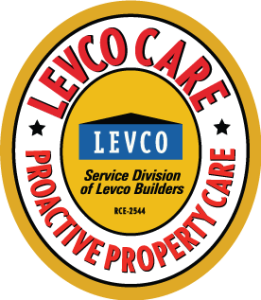
Leave a Reply